The Best Driving Roads in Europe to Explore This Summer
With summer fast approaching, there’s no better time to start planning that road trip you’ve been promising yourself, and Europe, with its varied topography and rich motoring heritage, offers some of the most rewarding routes in the world. From alpine ascents to windswept coastal loops, these roads are more than just connections between places. Here are six of the continent’s finest.
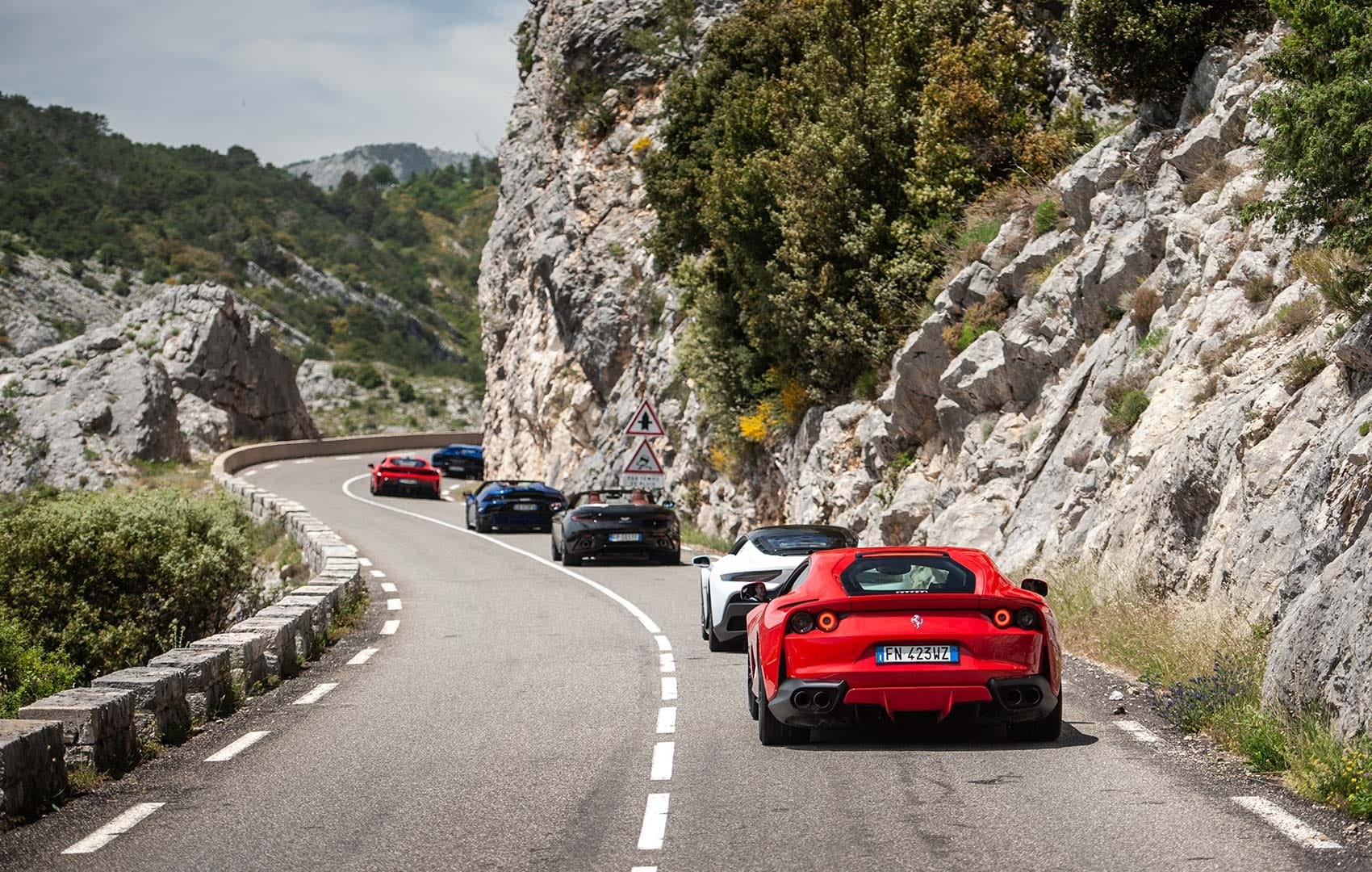

Furka Pass: Swiss Alps, Switzerland
Location: Central Switzerland, between Andermatt and Gletsch
Length: ~35 km
Season: Typically open June–October
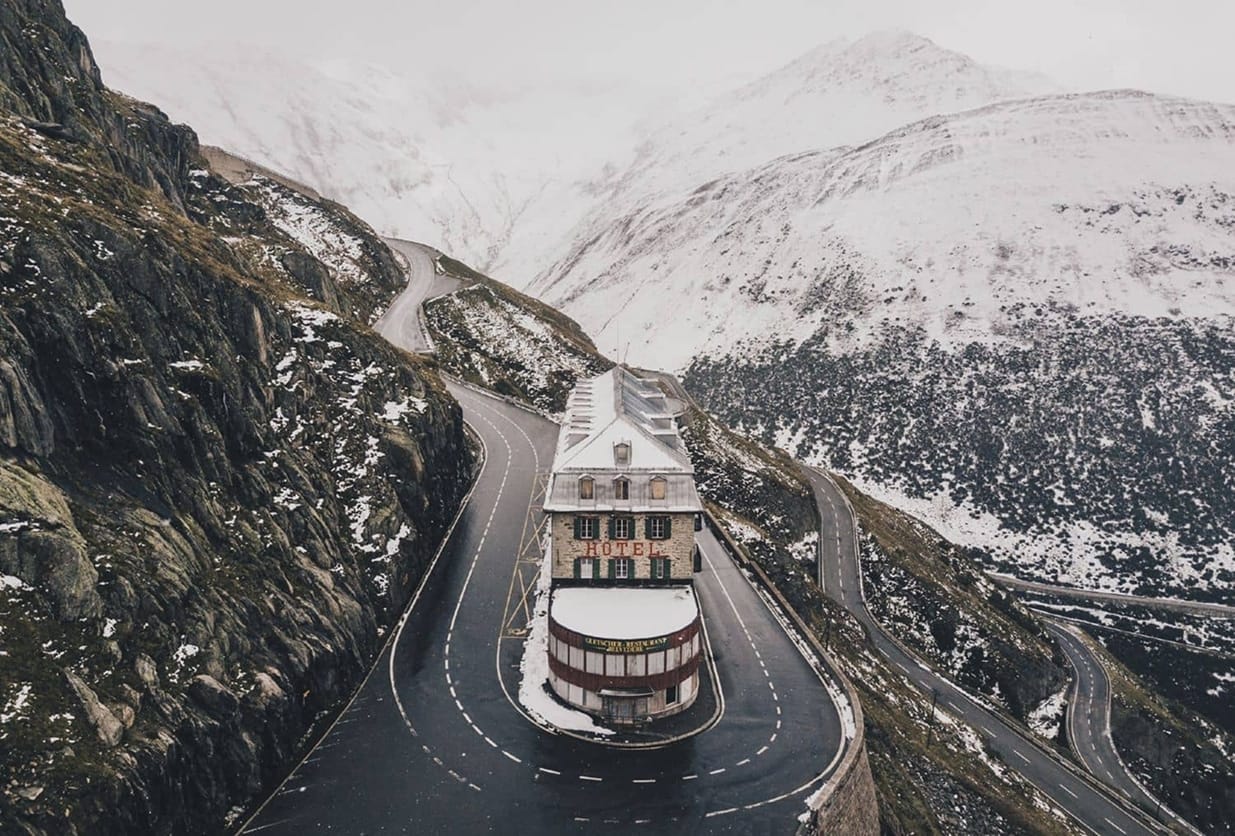
Few roads evoke as much romance and drama as the Furka Pass. Snaking its way up and over the Swiss Alps at 2,429 meters, it’s the kind of place that makes you feel like you’re driving through a postcard. And if the view of the Rhone Glacier doesn’t take your breath away, the sheer drops certainly might.
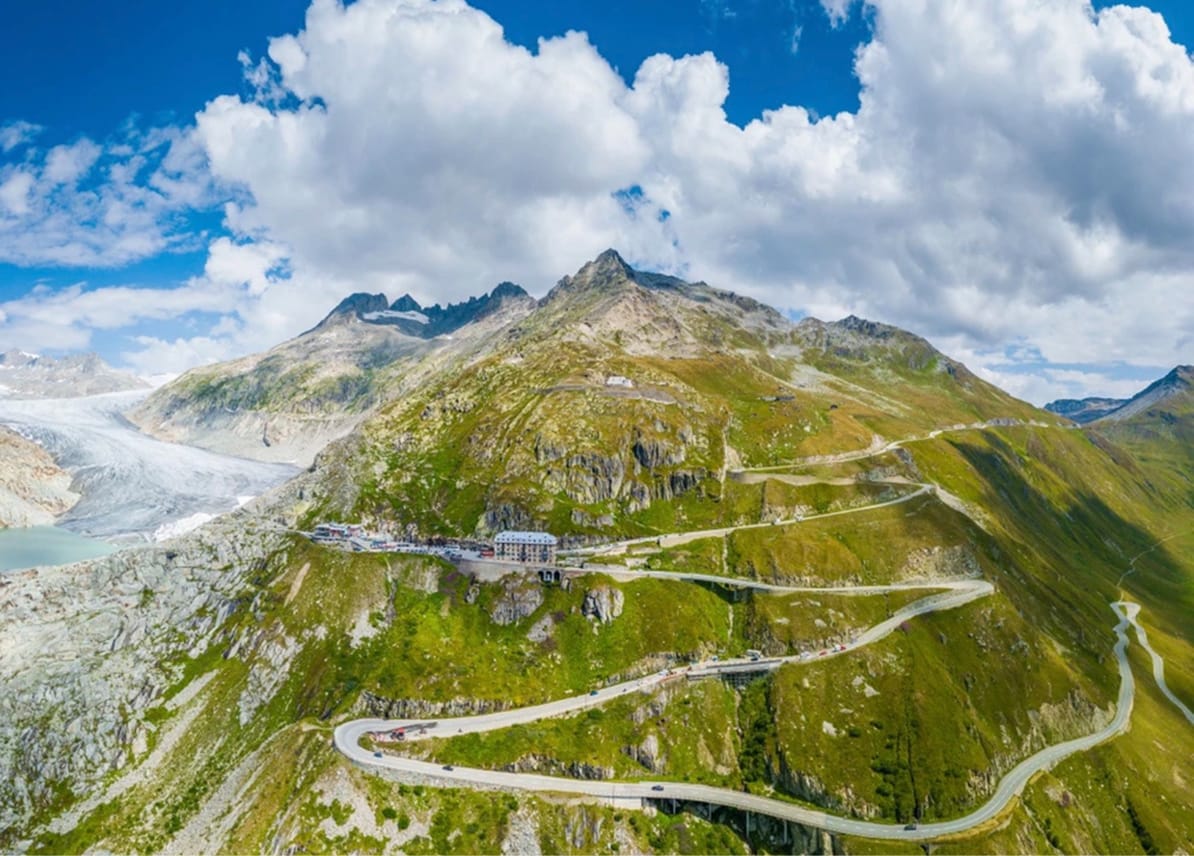
What makes it a standout: It’s a true driver’s road—tight, technical, and thrilling—yet it's also one of the most scenic routes in Europe. The tarmac is well-maintained, the corners are clean and predictable, and the elevation gain offers a satisfying climb. This road was also immortalised by Sean Connery’s Bond in Goldfinger, and it still feels just as cinematic.
Insider tip: Combine it with the Grimsel and Susten Passes for a world-class Alpine driving circuit, sometimes dubbed the "Swiss Triangle." Just don’t forget to fill up before the climb—petrol stations are sparse up high.
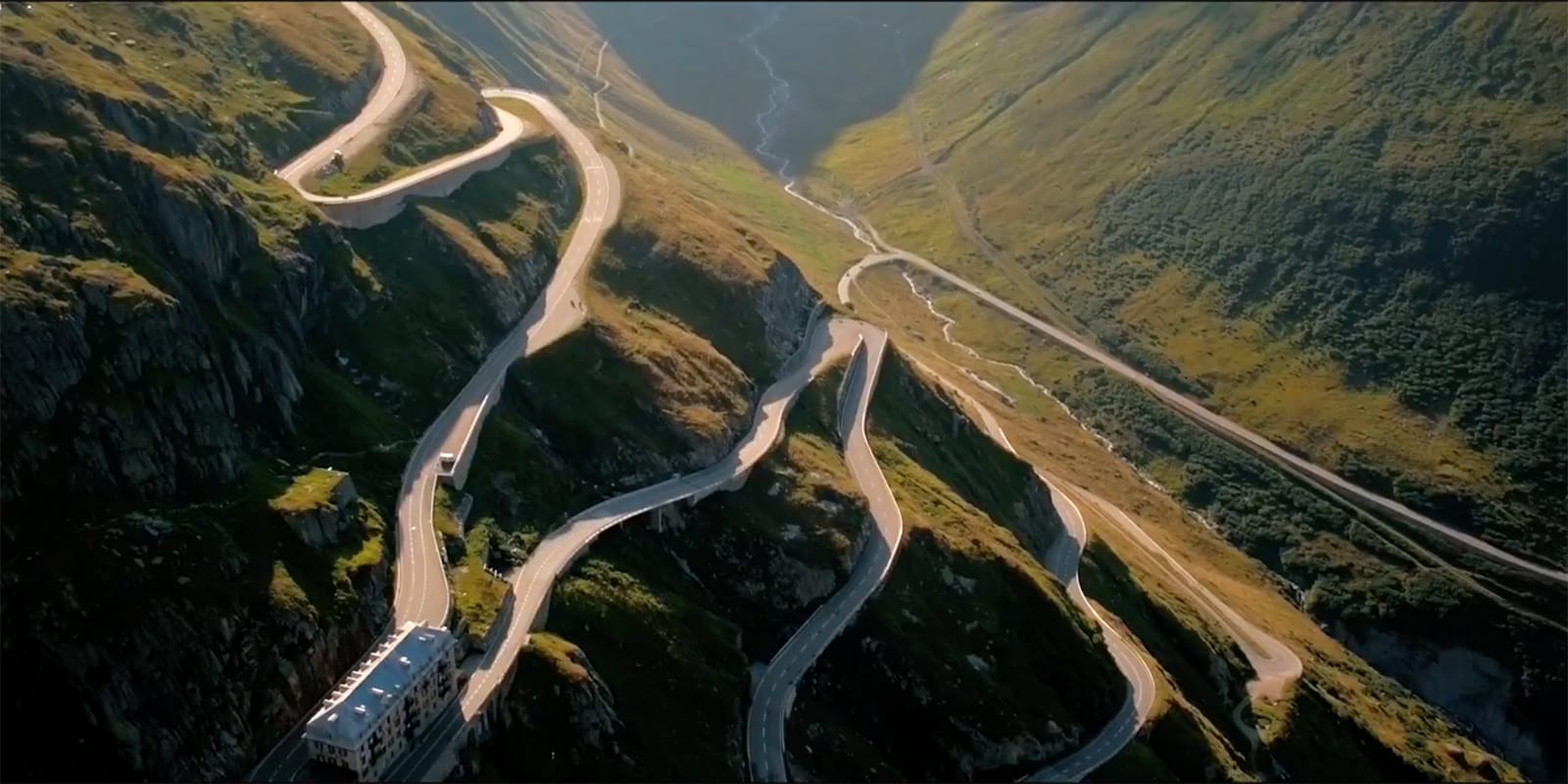
Grossglockner High Alpine Road: Austrian Alps, Austria
Location: Salzburg and Carinthia regions
Length: ~48 km
Season: May to early November
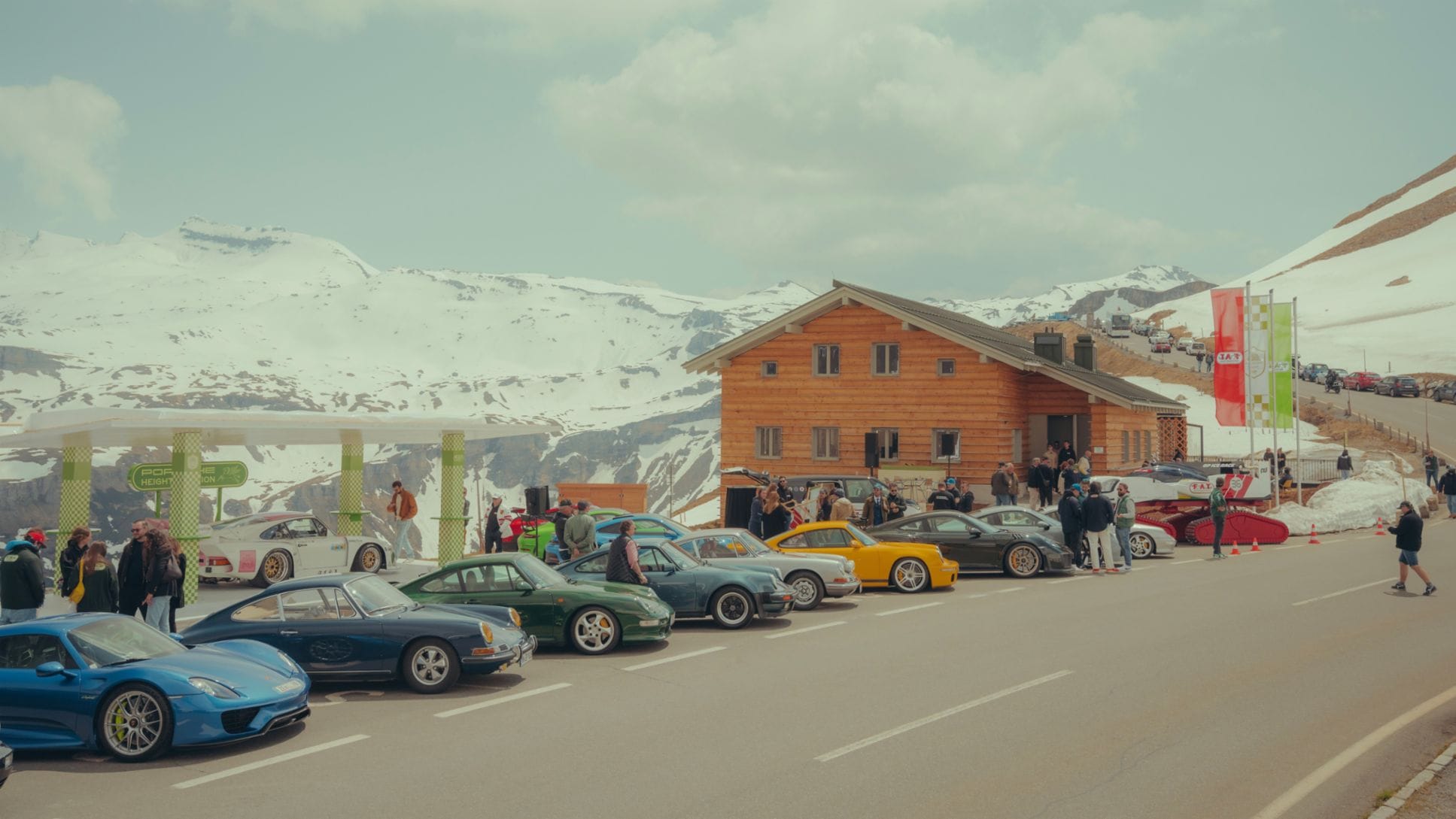
This purpose-built scenic route through the heart of the Austrian Alps was engineered to perfection. With 36 dramatic hairpins and a summit that brushes 2,500 metres, it’s a route that delivers scenery and sensation in equal measure.
Why it’s worth the toll: Yes, the entry fee is steep (€45 for a car), but because of that it means they can afford to maintain the road to a very high standard. There’s also nothing stopping you from making a U-turn at the top and driving all the way back again. In fact, you could spend a whole day doing that, and make regular pitstops at the multitude of visitor centres, viewing platforms, and alpine huts that offer schnitzel with a view.
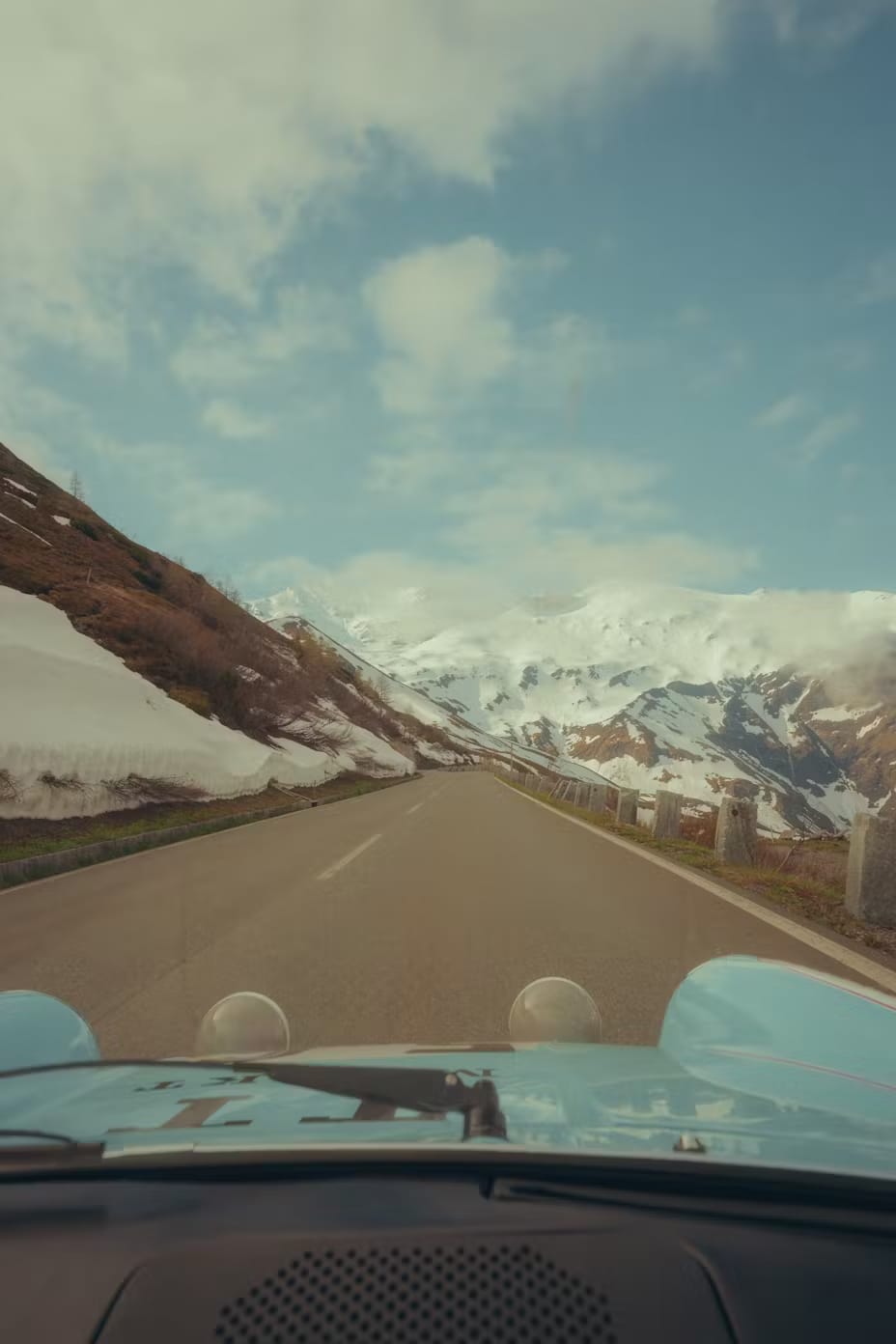
Driving pleasures: Each section offers a different experience—tight and steep near the Edelweißspitze, more relaxed and open as you descend. Spot marmots, explore glaciers, and take your time. This road is as much about stopping and soaking it in as it is about driving.
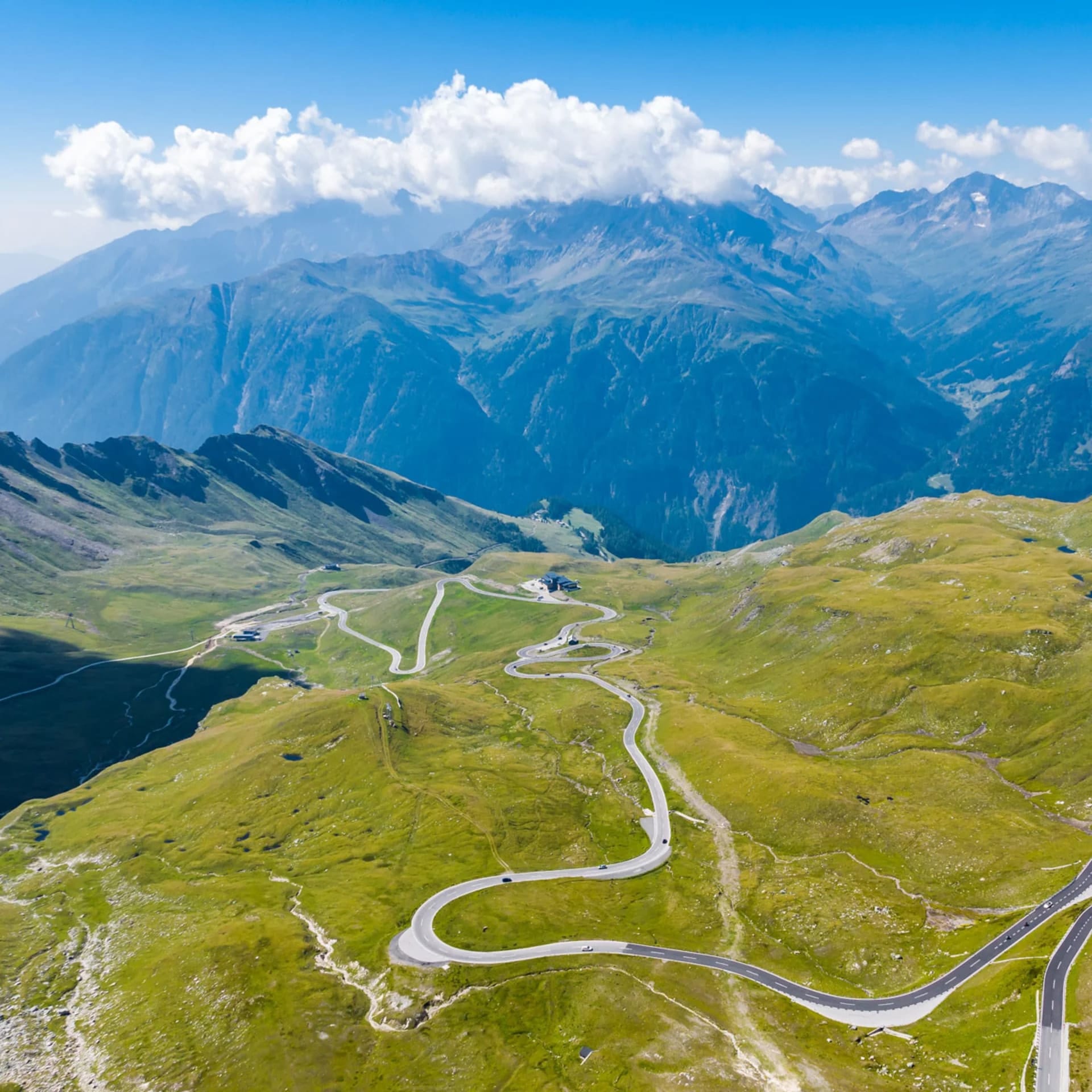
Travel tip: Early mornings provide the best light and least traffic. Pack layers—temperatures drop quickly at elevation.
Route Napoléon: Southern France
Location: From Golfe-Juan on the Côte d’Azur to Grenoble
Length: ~325 km
Season: Year-round, though best in spring or early summer
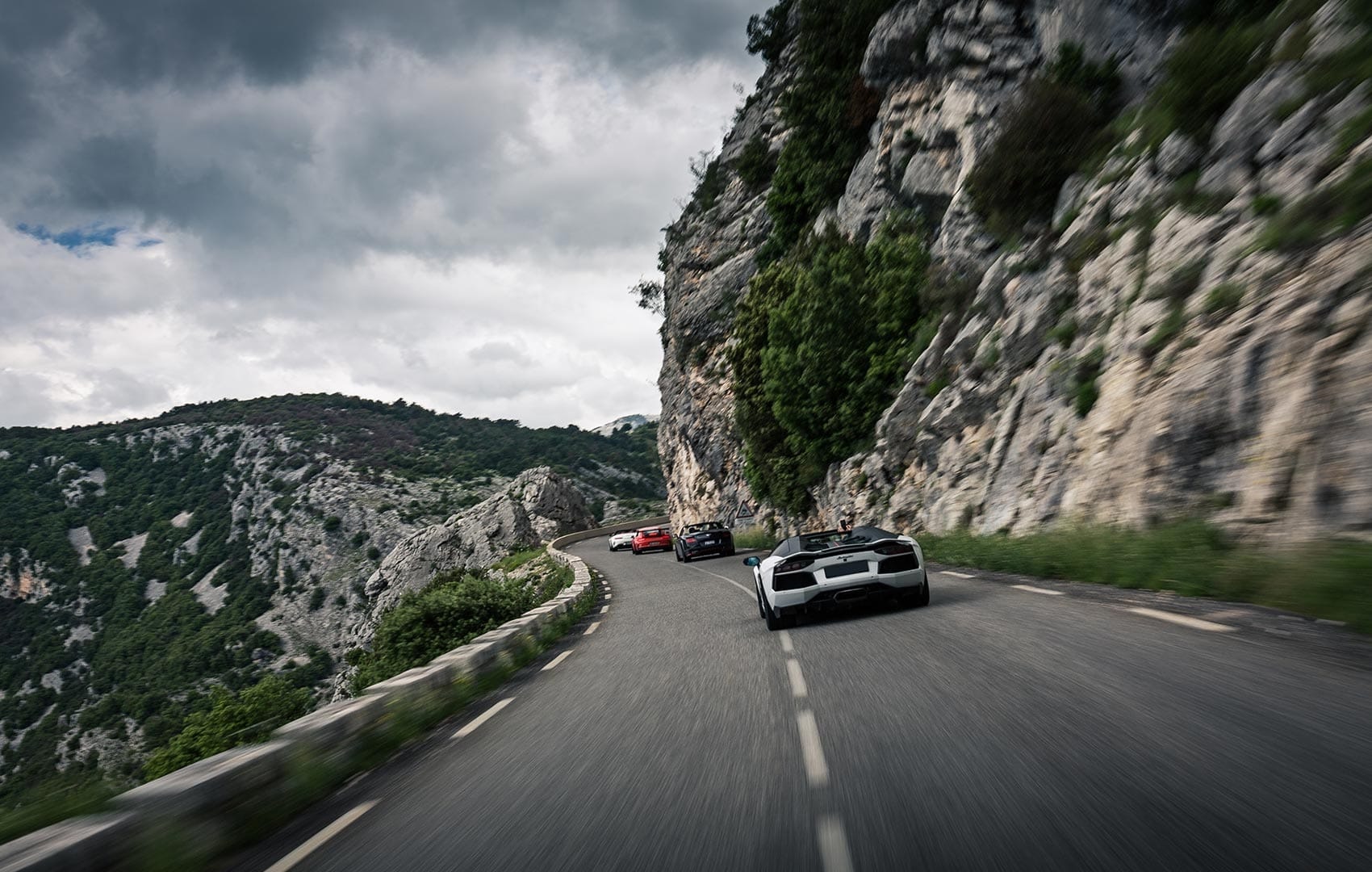
Named after the French Emperor’s return from exile in 1815, the Route Napoléon is as rich in history as it is in hairpins. Traversing the foothills of the French Alps, it offers a captivating blend of mountain driving and Mediterranean charm.

Driving Pleasures: The route rolls through pine forests, dramatic gorges, and sleepy Provençal villages. Long sweepers, cambered bends, and excellent road surfaces make this one of the smoothest, most flowing drives in Europe.
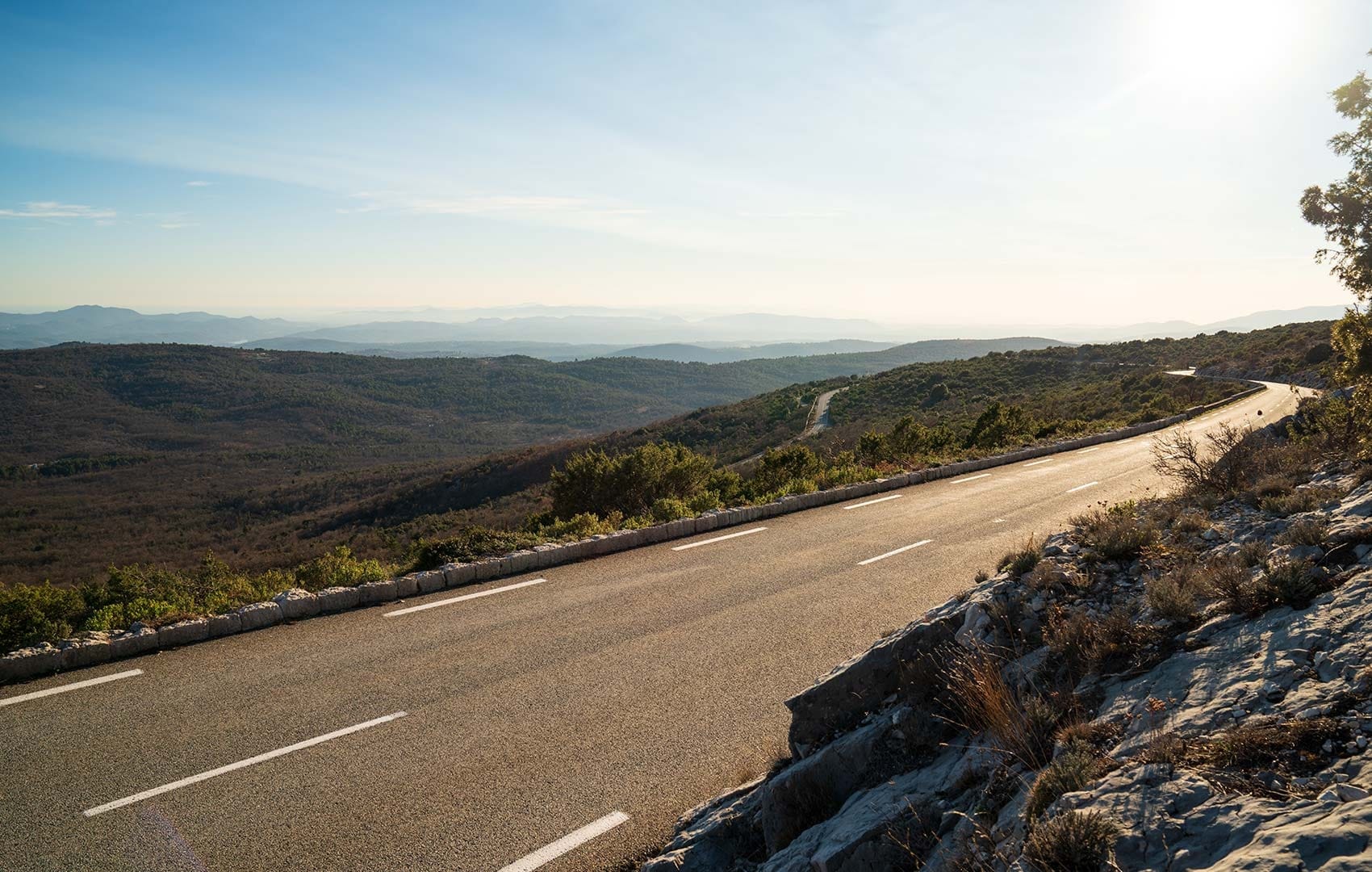
Cultural flavour: The drive is punctuated with historical markers detailing Napoleon’s march, as well as charming towns like Castellane and Sisteron. Great food, fresh air, and glorious vistas make it an ideal multi-day trip rather than a one-day blast.
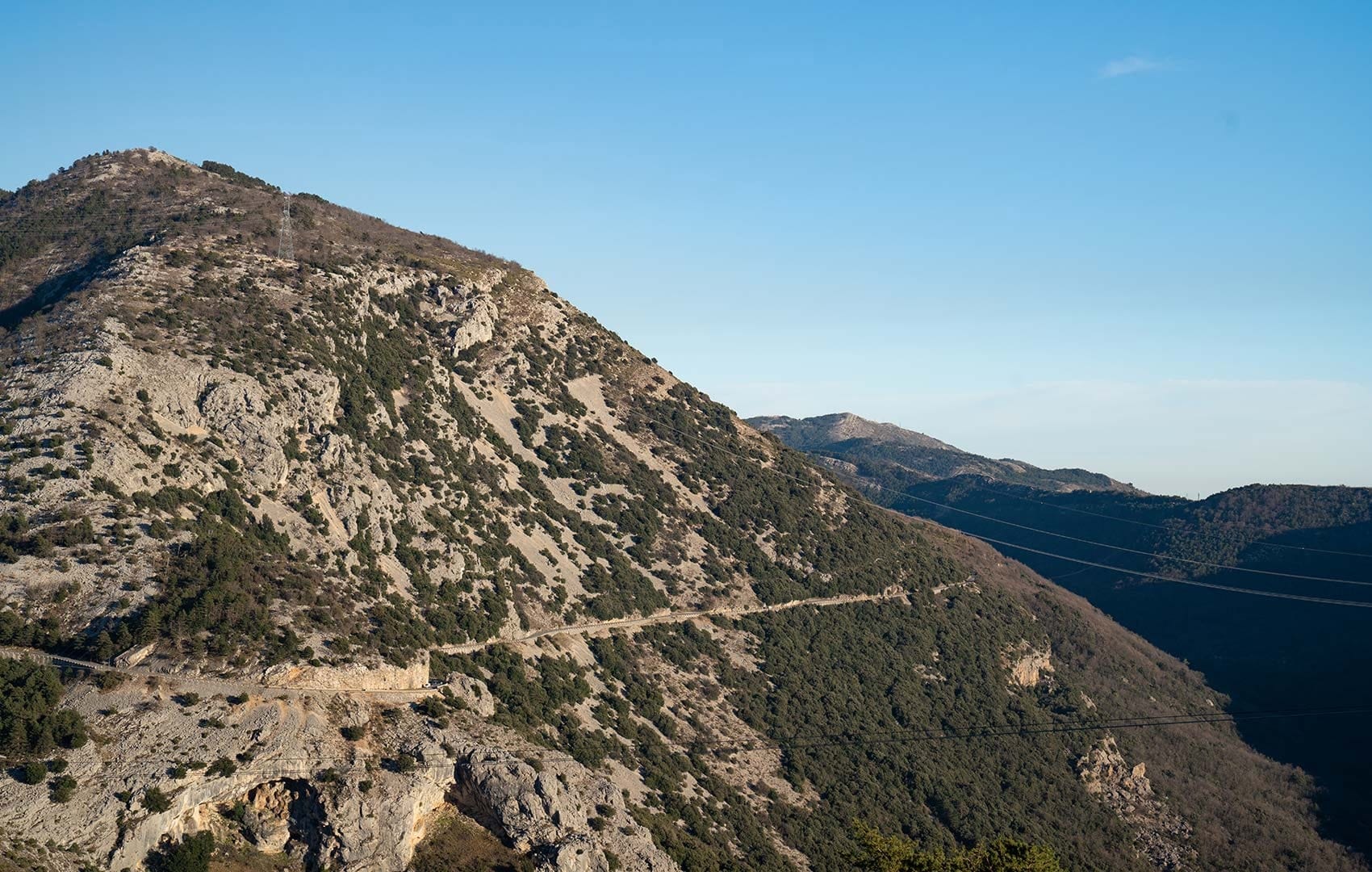
Driving note: Traffic tends to be lighter than you’d expect, especially outside July and August. Don’t be afraid to veer off-route occasionally—many of the side roads are even more rewarding than the main thoroughfare.
Stelvio Pass: Eastern Alps, Italy
Location: South Tyrol, near the Swiss-Italian border
Length: ~47 km
Season: Open roughly late May–October
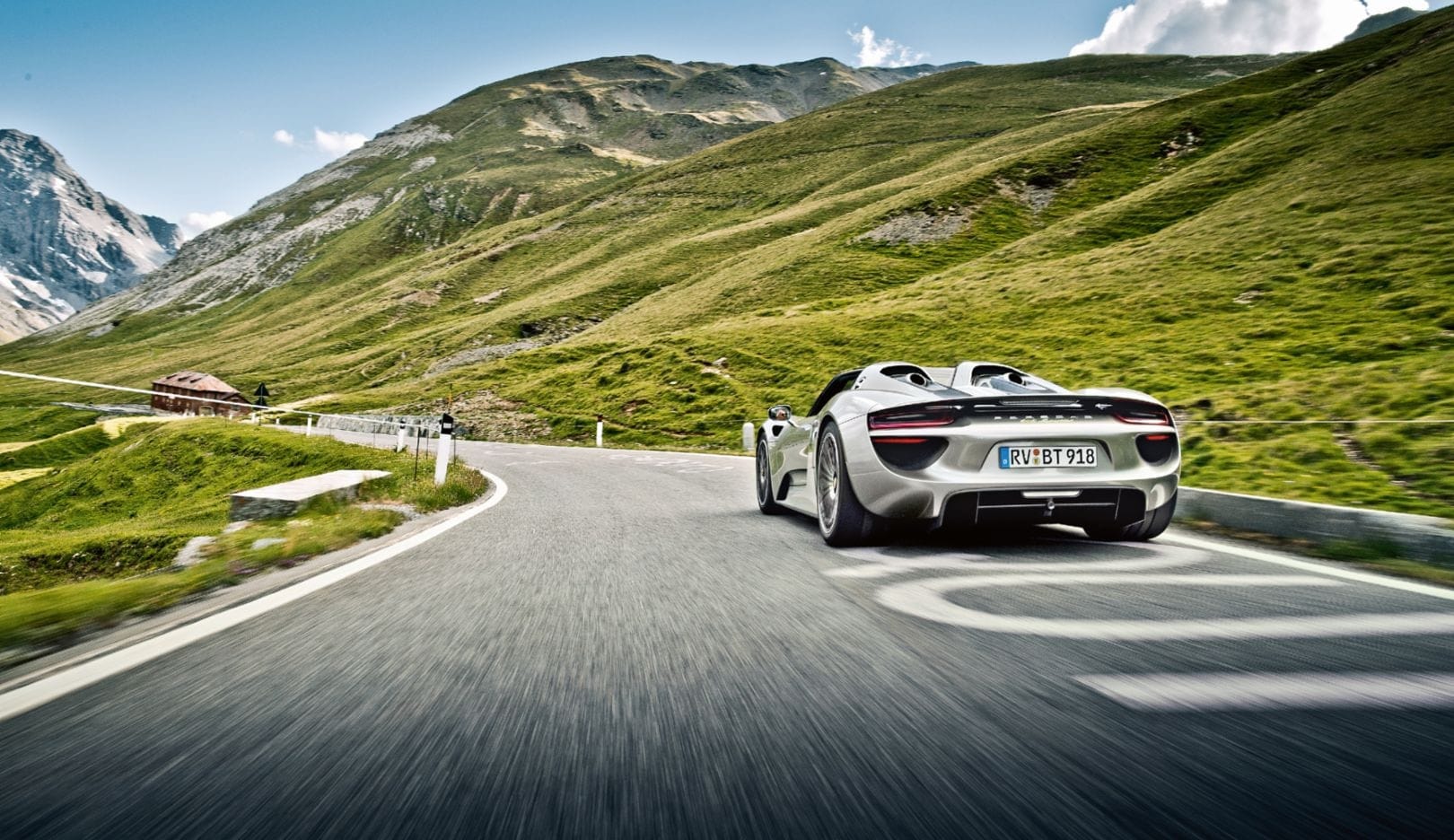
Ask any car enthusiast to name a legendary European road, and the Stelvio Pass will likely top the list. Climbing to a staggering 2,757 meters, it’s one of the highest paved mountain passes in the Alps and thanks to a memorable appearance in Top Gear (S10E01), it’s become something of a pilgrimage for petrolheads.
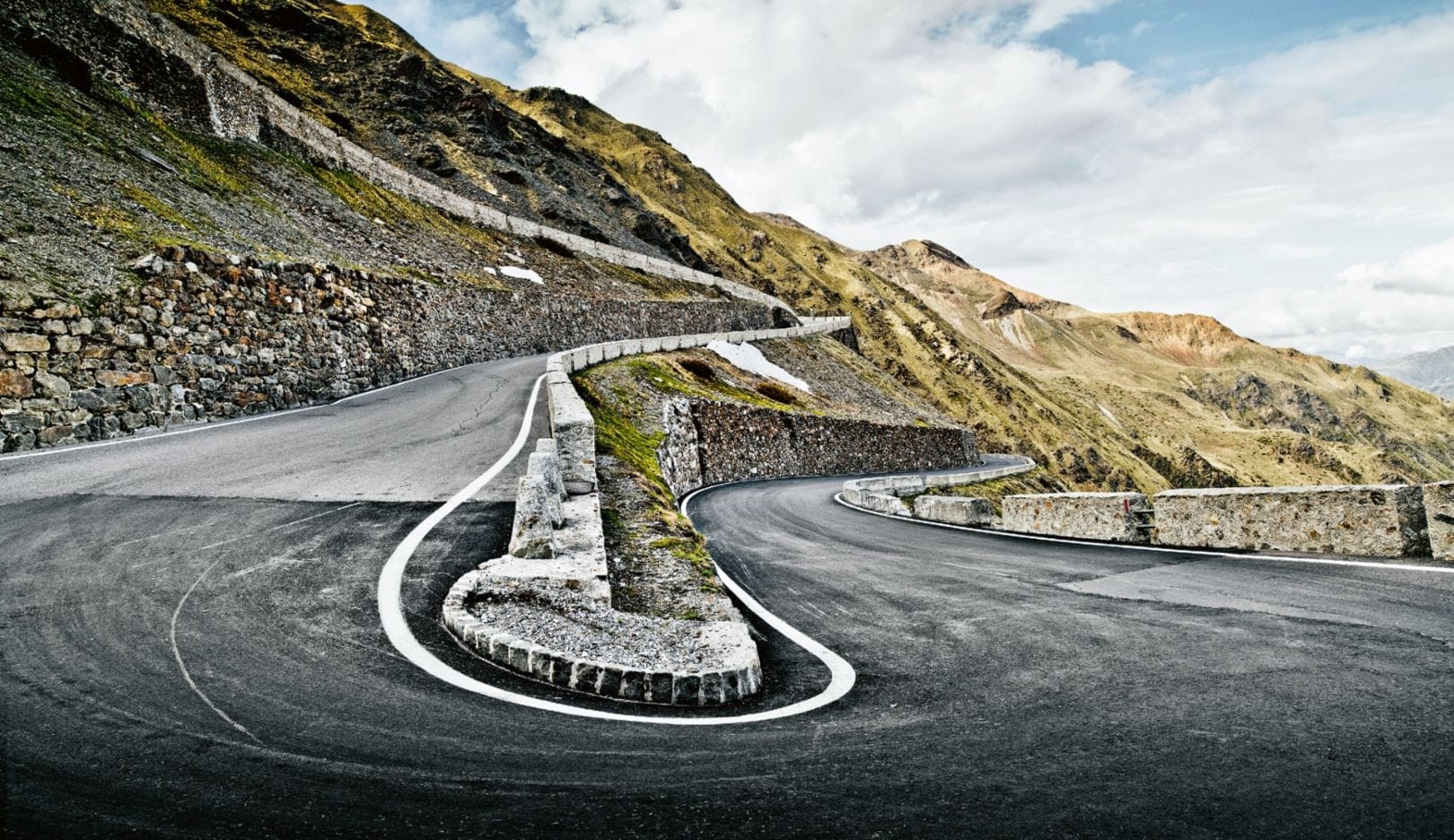
Why it’s iconic: Forty-eight numbered hairpins on the northern ascent create a visual spectacle and a technical challenge. It’s a slow, deliberate drive—but immensely rewarding. The terrain changes constantly, with open valleys giving way to rock-strewn cliffs and snow-kissed ridge-lines.
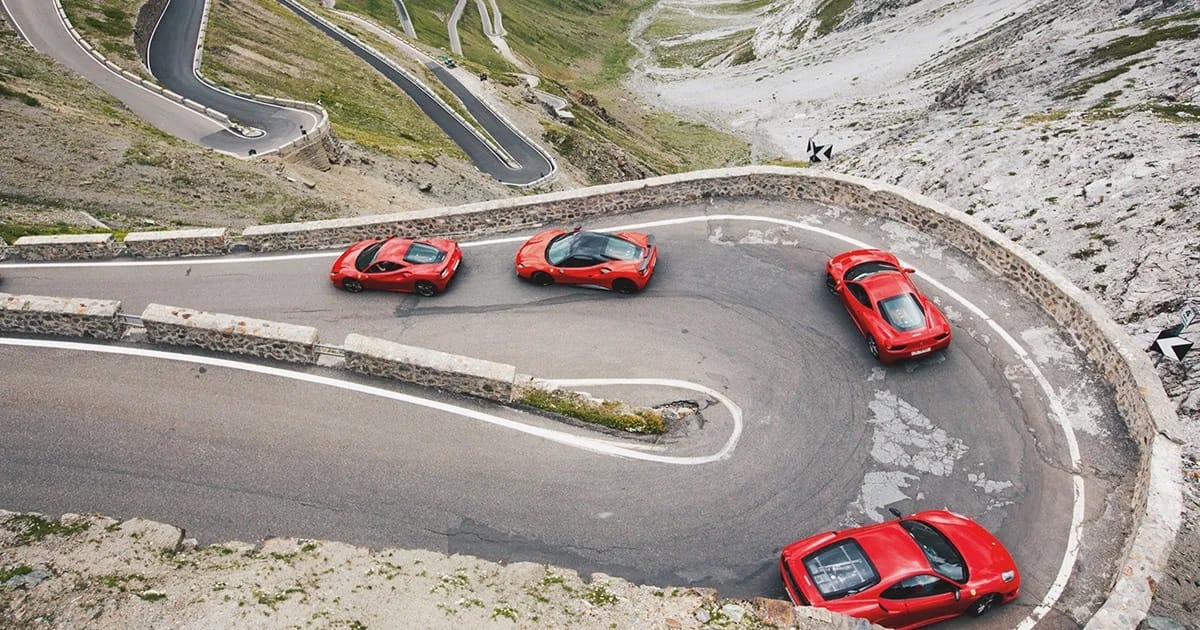
The experience: The northern approach from Prato allo Stelvio is the most famous (and photographed), but don’t overlook the southern descent toward Bormio, which offers smoother curves and fewer tourists. While the drive can be busy in peak season, the views and bragging rights more than make up for it.
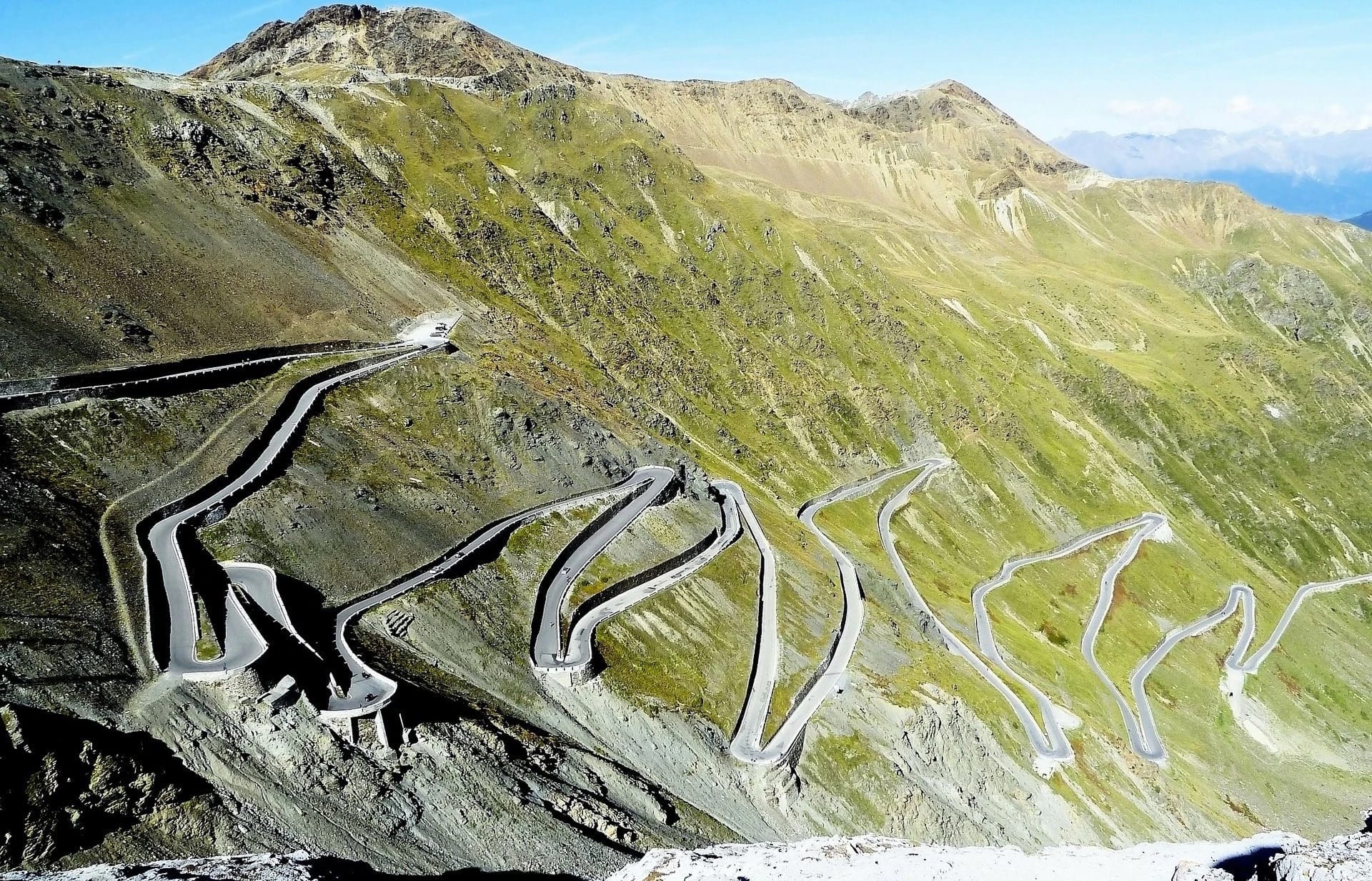
Transfăgărășan Highway: Carpathian Mountains, Romania
Location: Central Romania, connecting Sibiu and Pitești
Length: ~90 km
Season: Typically open July–October
Constructed in the 1970s under dictator Nicolae Ceaușescu (allegedly to help troops cross the mountains in case of a Soviet invasion), the Transfăgărășan is the road Jeremy Clarkson said was, "The world's best road", in one Top Gear episode (S14E01), dropping the fabulous Stelvio Pass from first to second place.
Why it’s unlike anything else: It’s a rollercoaster of asphalt—massive hairpins, tunnels, viaducts, and sheer rock walls line the route. You'll gain over 2,000 meters in elevation, with Lake Bâlea glistening near the top and fortress ruins like Poenari Castle offering a historical detour.
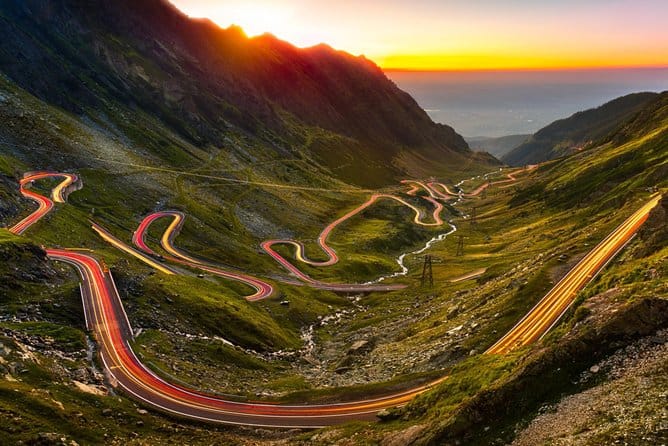
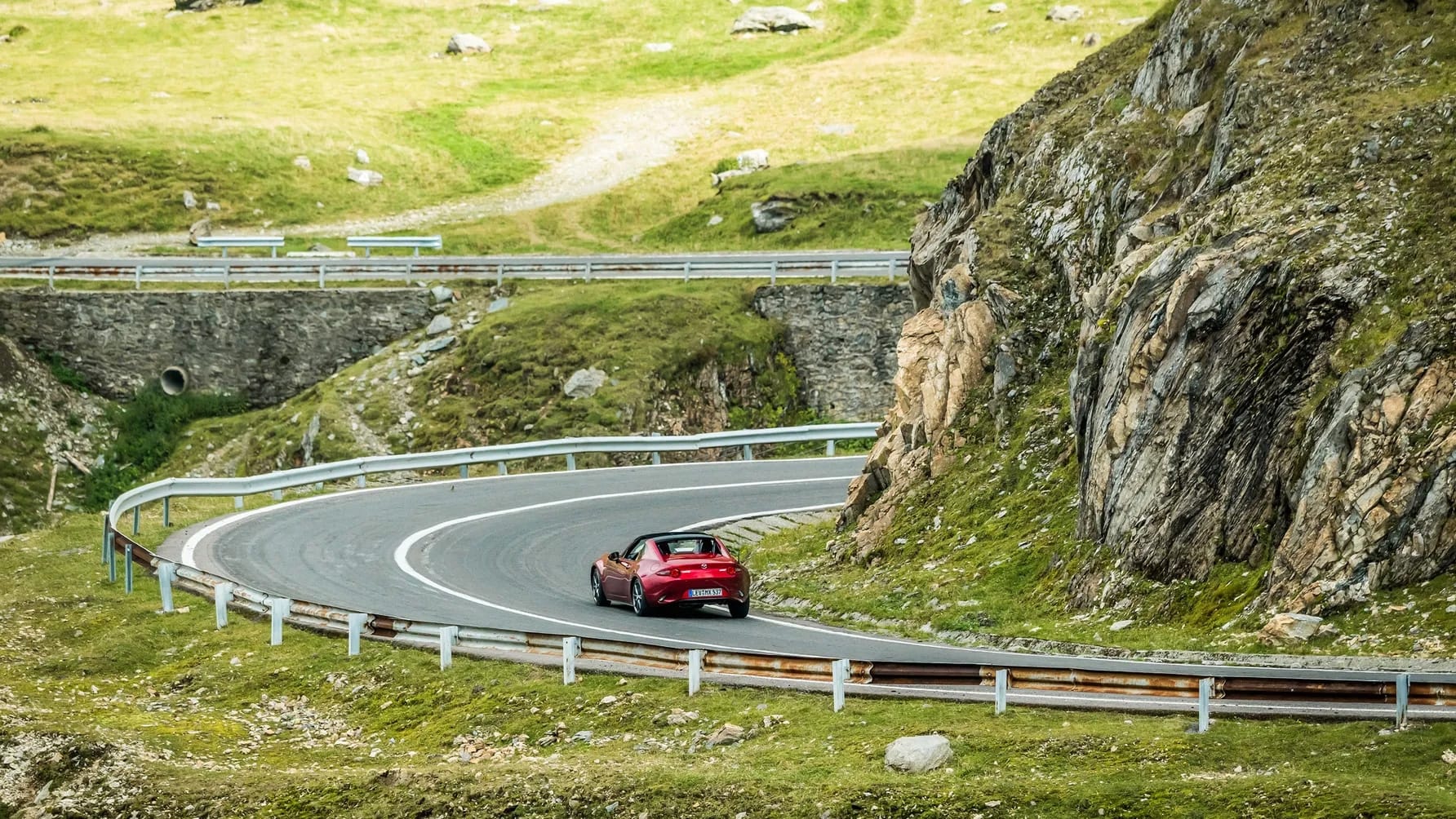
Source: Top Gear
Driving dynamics: It’s not the smoothest road in the world, but the scenery is wild, remote, and beautiful. In some sections, it feels like you’ve driven off the map.
Heads-up: Fuel up before the drive—there are no petrol stations on the route.
North Coast 500: Scottish Highlands, Scotland
Location: Starts and ends in Inverness, forming a northern loop
Length: ~830 km (516 miles)
Season: Year-round, but best April–September
Let’s not forget that the UK has some pretty great driving roads too. The NC500 is Scotland’s answer to Route 66. It’s a windswept epic through lochs, moors, cliffs, and castles.
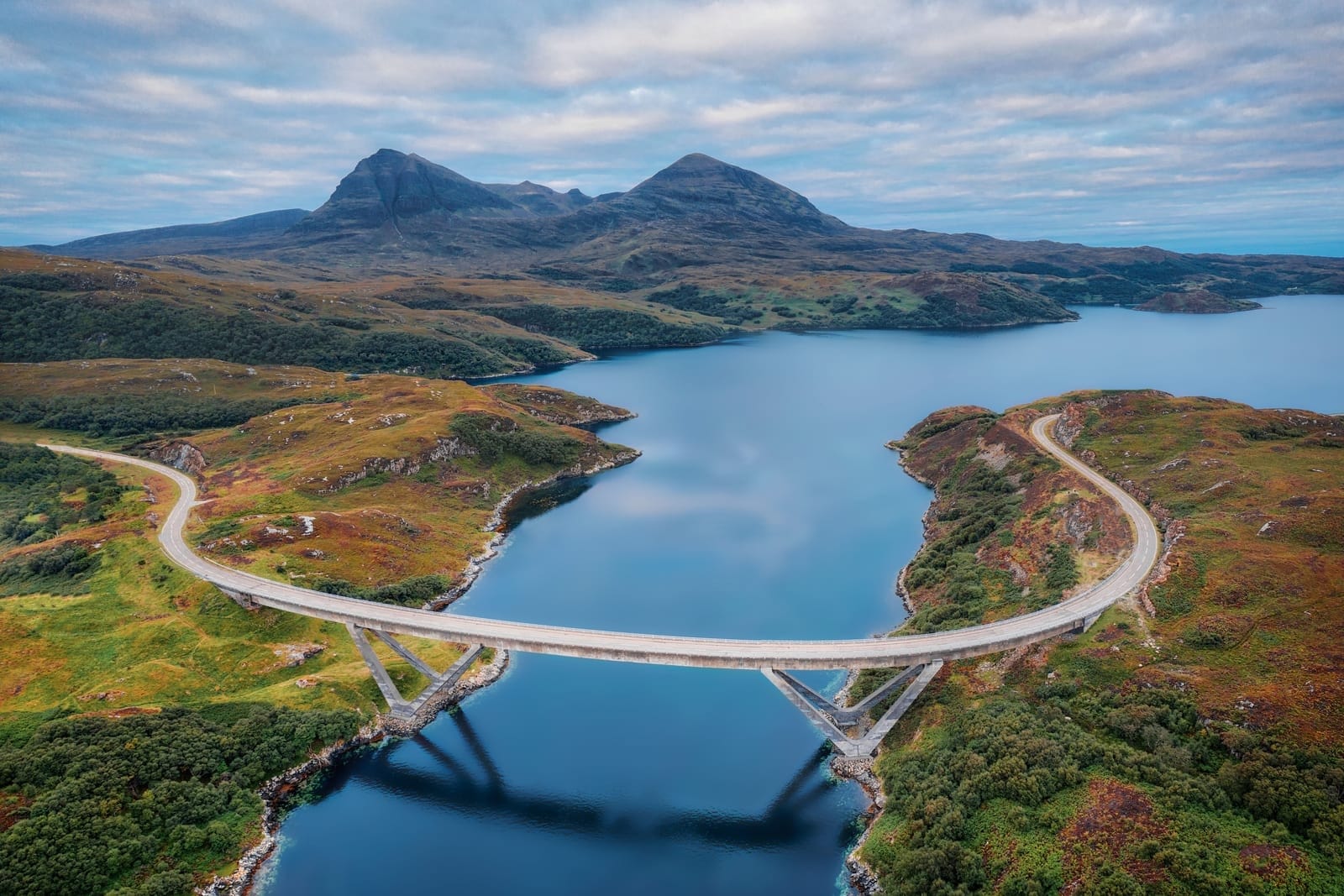
Why it’s unforgettable: It’s not a “fast” drive in the traditional sense. Some sections are narrow and remote, but what it lacks in velocity, it makes up for in atmosphere. One minute you’re on a cliffside with Atlantic winds buffeting the car, the next you’re weaving through ancient glens with deer watching from the hills.
Local colour: You’ll pass whisky distilleries, deserted beaches, standing stones, and hearty pubs. The NC500 is a road trip in the truest sense—less about the destination, more about the experience.
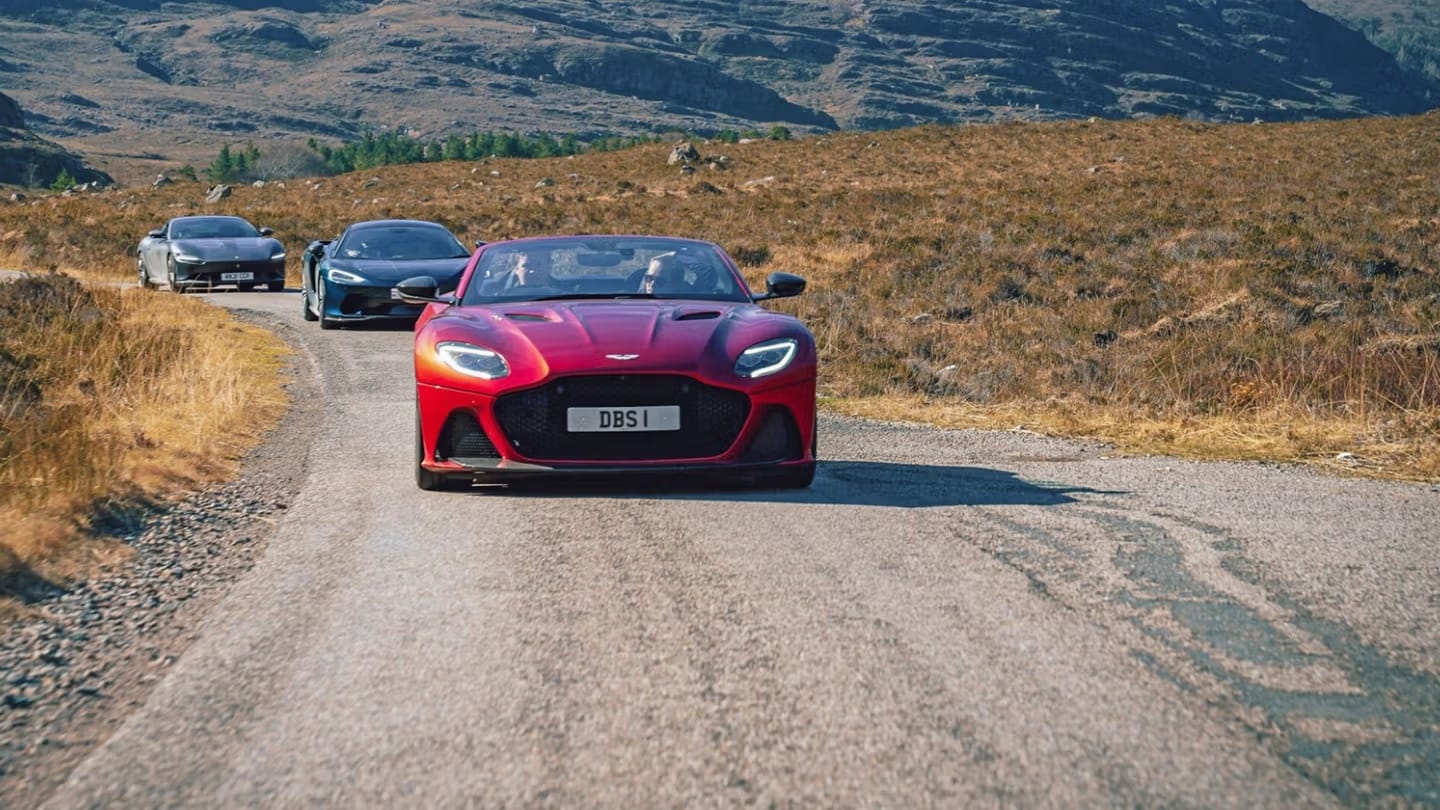
Key advice: Go slow, be respectful of local traffic (especially tractors and livestock), and be prepared for rapidly changing weather.

If you can't get away this summer but still want to experience some of the finest roads the UK has to offer, check out our article on the UK's best driving roads.

